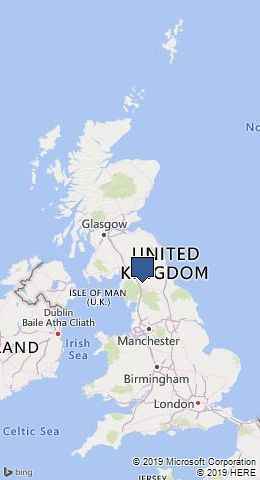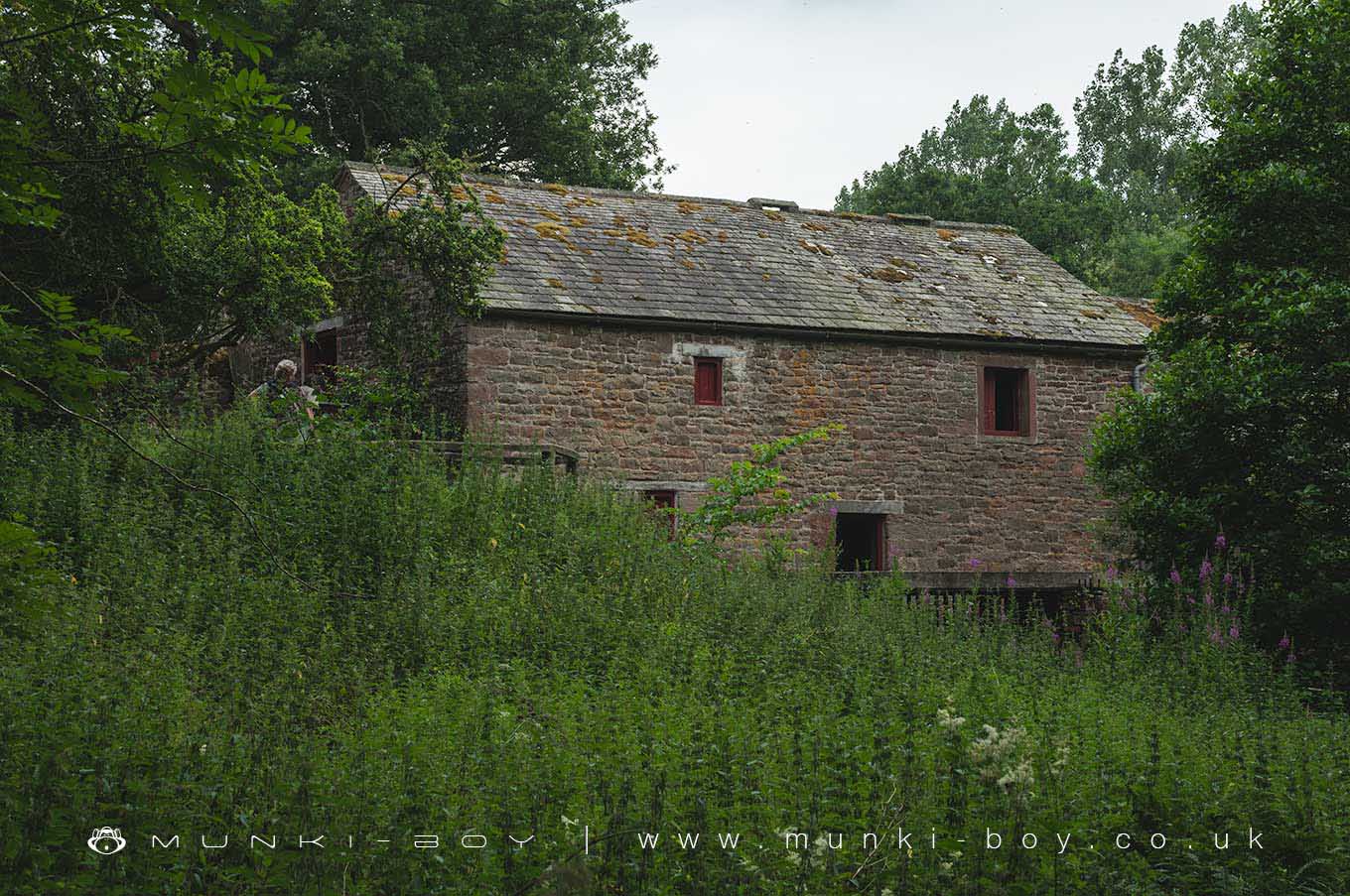
Acorn Bank Watermill by munki-boy
Acorn Bank Watermill
This mill, like many others throughout the country, did not support the miller and his, or her, family. The barn on the opposite side of the yard and the pig sties were part of the mill er’s small farm which was run alongside the watermill.
The yard was once cobbled over the whole area, it would have been a busy place, full of chickens and other animals, with items such as the miller’cart in constant use. The barn is typical of those found throughout Cumbria; it is built into the side of a steep slope so that cart access is given to the top floor. A few cows were kept in this barn with hay for the winter stored above. The miller would also have had a horse or pony and may have kept a few sheep.
The pig sties were a common feature of many mills. The miller, who often kept the local boar, would feed waste from the mill to the pigs. All the small scale farming activities helped provide valuable extra income for the miller’s family The restoration plans for the mill include the full repair of the barn and yard.
The Drying Kiln
The drying kiln was used to dry the oats before they were milled.
A floor of perforated tiles existed above a fire. The oats were spread over the tiles and the heat from the fire dried them.
Suspended above the kiln fire was a baffle plate, which spread the heat more evenly and prevented a hot-spot on the floor above. The perforated tiles of the drying floor were supported on cross beams of stone and slate and, later iron.
The earliest tiles were made of roughly fired clay with holes punched through. At Acorn Bank the clay tiles were superseded by ones made of iron. The oats were spread over the floor to a depth of a few inches and were turned regularly to prevent the lower grain burning and to ensure an even drying. The miller would be able to tell when the grain was dry enough by biting it Once dry the grain was swept off the drying floor to be milled.
The Upper Mill Machinery
Acorn Bank Watermill is unusual in that it had two sets of mill machinery driven by separate waterwheels. The upper set of machinery is vir tually complete with two pairs of millstones for grinding grain and making flour.
The Lower Mill Machinery
The lower set of mill machinery is no-longer complete but was once almost identical to the upper set. The large cogwheels were probably removed when the waterwheel was adapted to provide power to a local mine.
Created: 18 August 2019 Edited: 29 November 2023
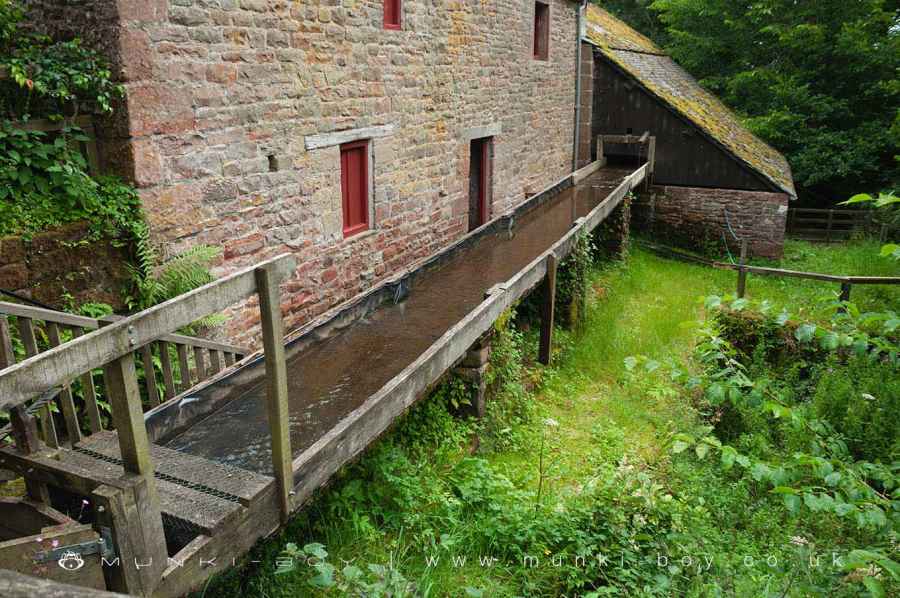
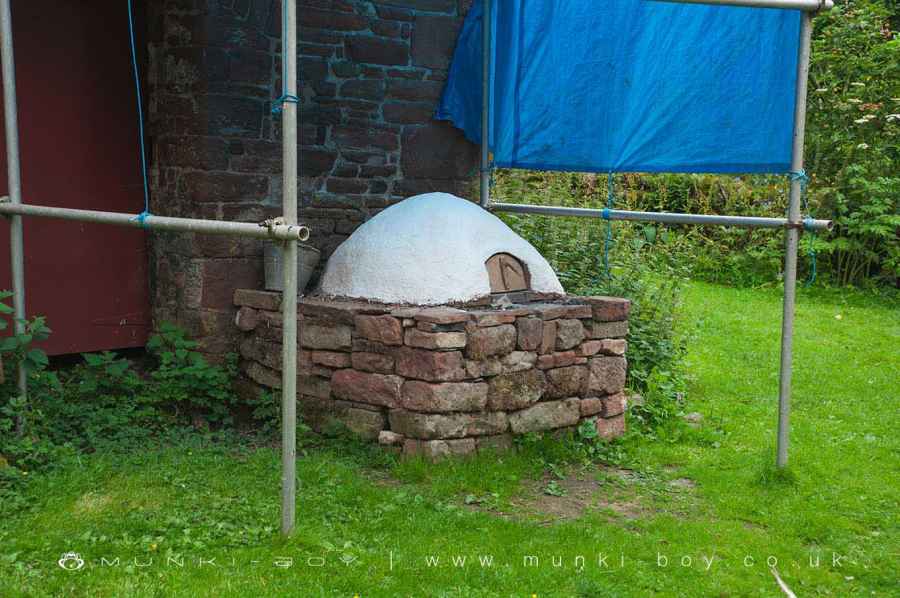
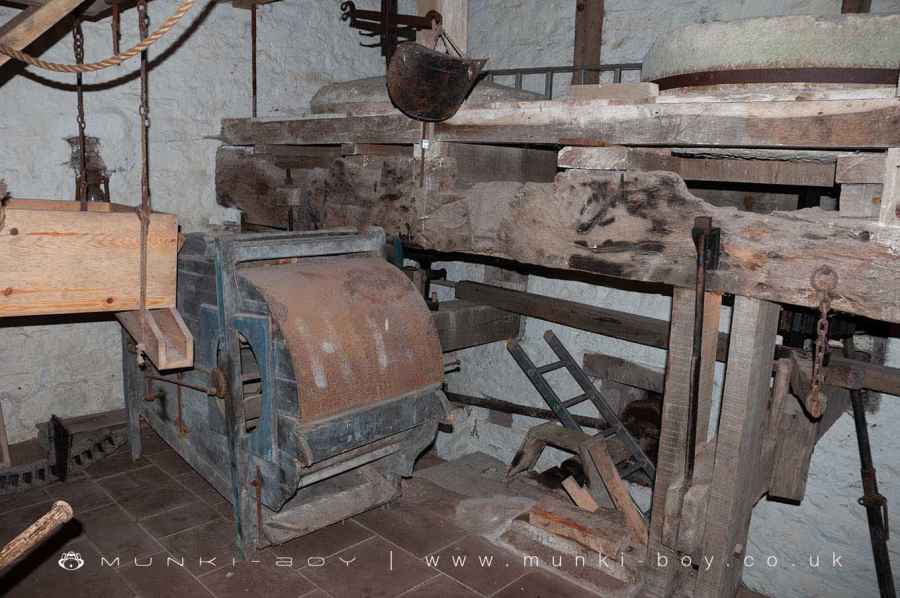
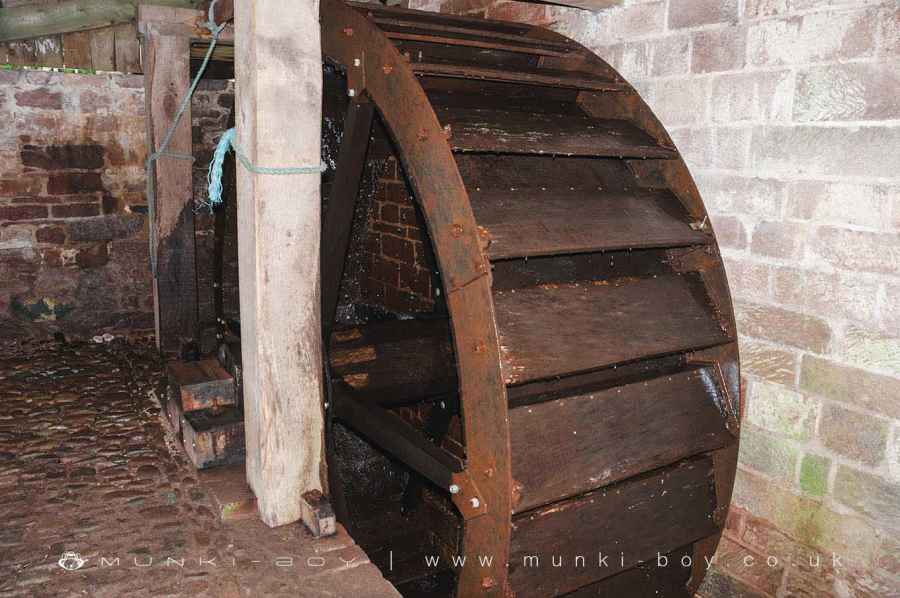
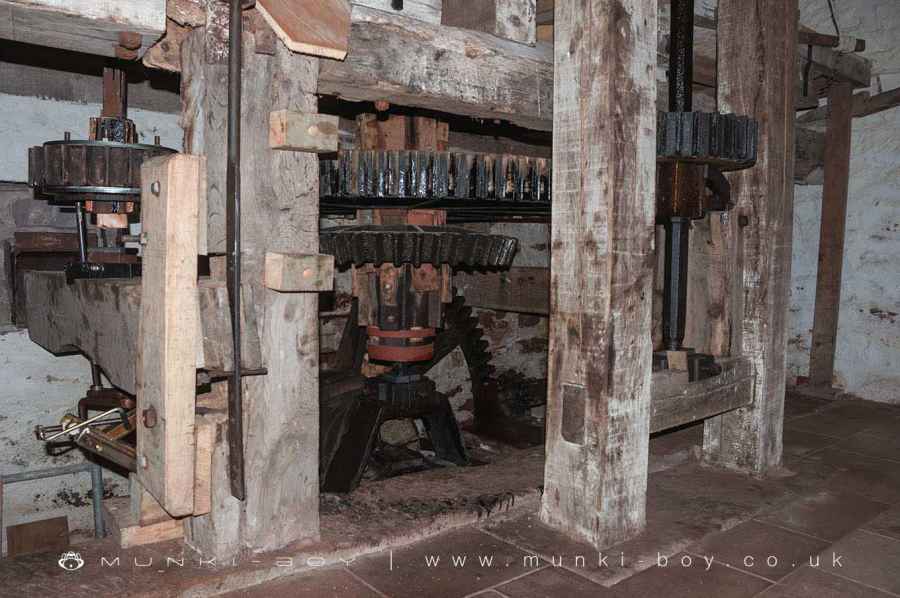
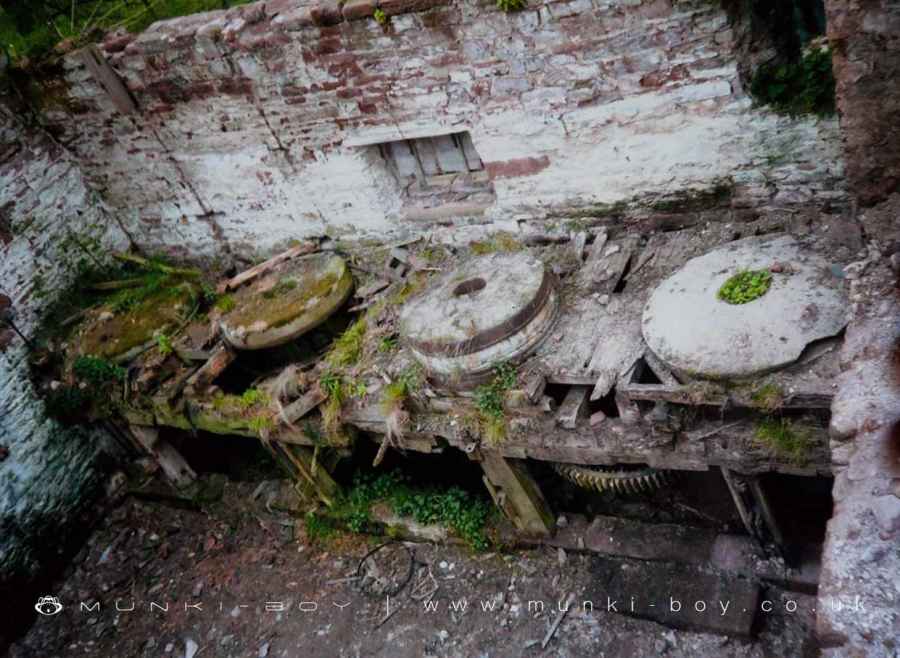
Acorn Bank Information
Acorn Bank Address
Temple Sowerby, Penrith CA10 1SP, UK
CA10 1SP
Website: https://www.nationaltrust.org.uk/acorn-bank
Get directionsLocal History around Acorn Bank Watermill
There are some historic monuments around including:
Townhead lime kilns and associated features including part of a tramway on Rusby Hill and Ladslack HillRoman camp, 350m east of Redlands BankKing's Meaburn medieval settlement, part of its associated medieval open field system and Bessygarth WellRoman milestone, 180m north west of SpitalsKirkby Thore Roman Fort and Associated VicusDolphenby medieval settlement and part of its associated open field systemRomano-British farmstead and a length of Roman road 800m south of WinderwathFarmstead 700yds (640m) NNW of Redlands BankBewley Castle, CrackenthorpeHanging Walls of Mark Anthony.





